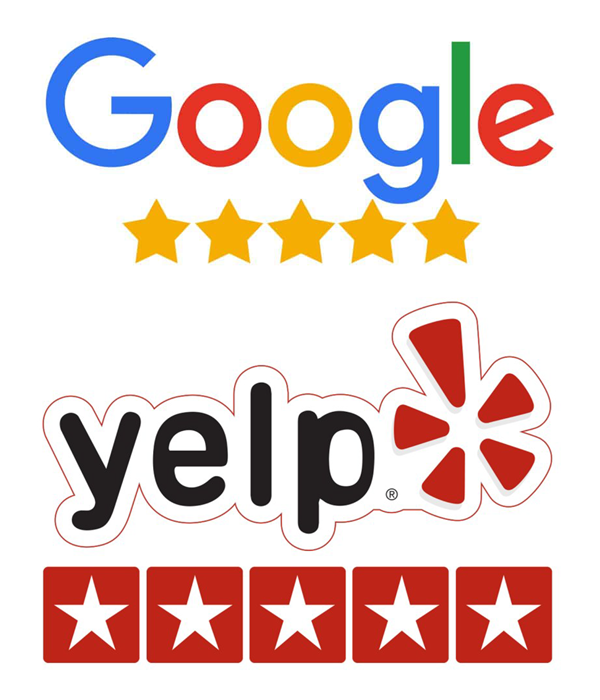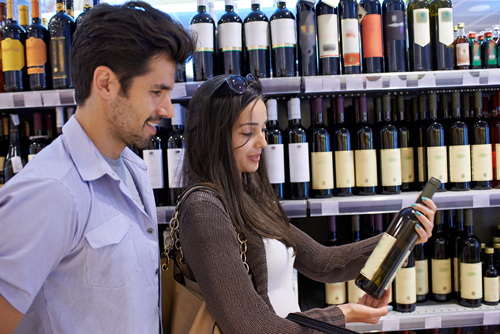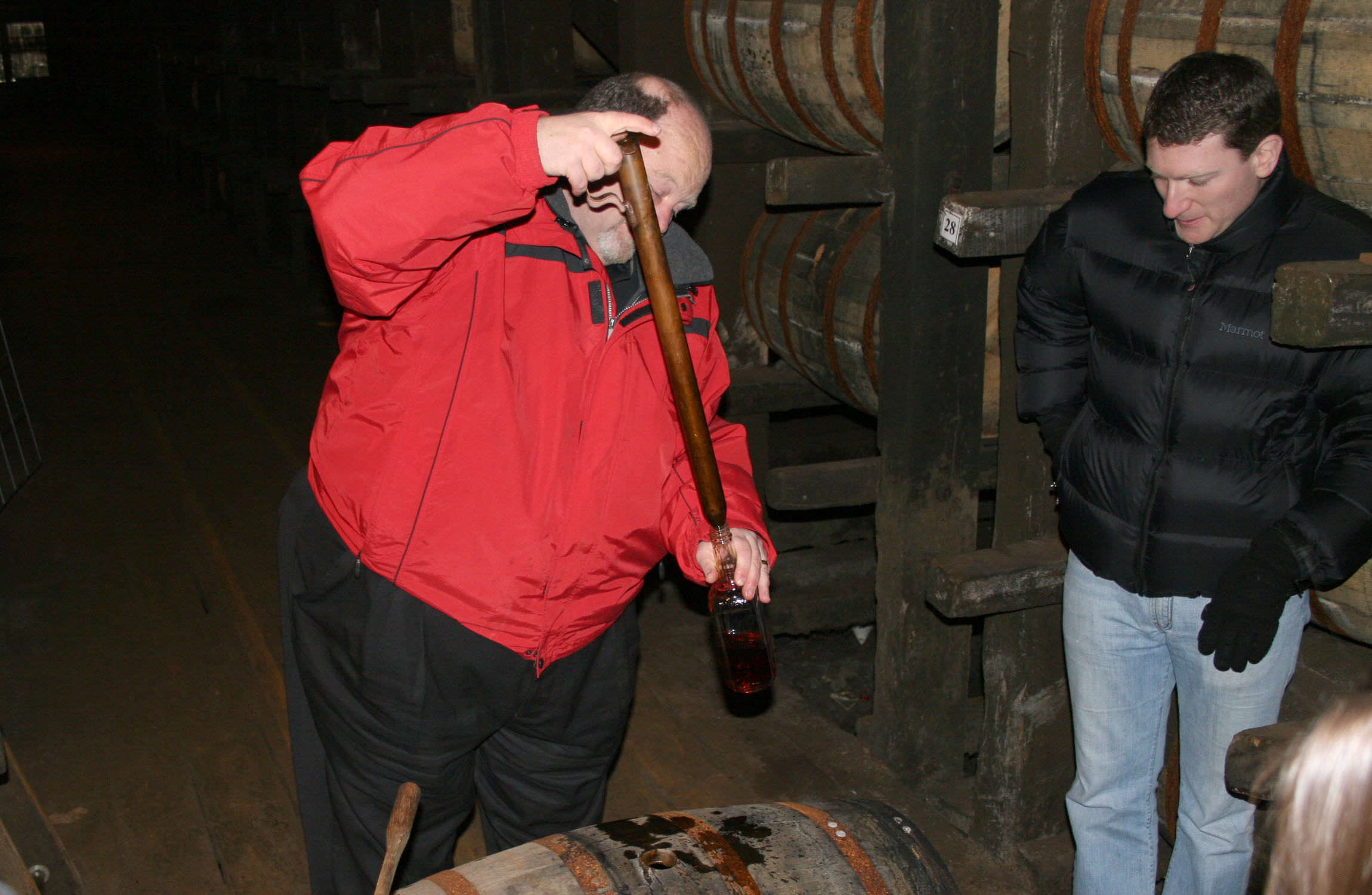What does it take to discover your brand? Beyond finding you on a Google map of “local tasting rooms near me,” what causes someone to want to visit for the first time? We discussed how press releases notify craft beverage publications of newsworthy events, but have you considered what parts of the day-to-day brand story make it interesting enough to visit? Today we outline 10 steps for becoming brand relevant to new customers, drawing them into your brand narrative in a way that converts prospects to buyers.
- summary
- the basics – create a basic connection
- getting crafty – deliver tangible and emotional benefits
- behind-the-curtain – invite brand participation
summary
 Many craft beverage brands boast a stellar experience in their tasting rooms, citing 5-star reviews on Google and Yelp from current customers. If you fall into that group, congratulations! There is still a small contingent of consumers who rely solely on those stats when deciding where to go tonight. However, growing skepticism around the objectivity of review sites combined with access to seemingly limitless data has prompted a radical change in craft beverage buying behavior. Savvy shoppers collect multiple data points about a brand in real-time and decide which tasting room to try based on connection, real and perceived benefits and ability to participate. By helping shape the conversation at every touchpoint with your new customer outside the tasting room, your brand will stand out in the crowded market.
Many craft beverage brands boast a stellar experience in their tasting rooms, citing 5-star reviews on Google and Yelp from current customers. If you fall into that group, congratulations! There is still a small contingent of consumers who rely solely on those stats when deciding where to go tonight. However, growing skepticism around the objectivity of review sites combined with access to seemingly limitless data has prompted a radical change in craft beverage buying behavior. Savvy shoppers collect multiple data points about a brand in real-time and decide which tasting room to try based on connection, real and perceived benefits and ability to participate. By helping shape the conversation at every touchpoint with your new customer outside the tasting room, your brand will stand out in the crowded market.
the basics – create a basic connection
 If you find yourself wondering what motivates consumers to pick one brand over another, you’re not alone. Most small-to-mid-sized craft producers spend a significant amount of time and money producing a beverage they’re proud of, then build a customer tasting room experience to support it. After the honeymoon selling period when sales can plateau or even decline, the question is often, “Where have our customers gone? We were printing money last year at this time!” Truth is, it’s difficult if not impossible to truly understand how buyers choose brands, and why those preferences change. Psychologists compare retail shopper motivation to a number of different theories, including Maslow’s Hierarchy of Needs where basic [information] needs must be met before those higher up the ladder. This is the low-hanging fruit to help a consumer decide whether or not your brand makes the cut. Consider the following messaging outside the tasting room:
If you find yourself wondering what motivates consumers to pick one brand over another, you’re not alone. Most small-to-mid-sized craft producers spend a significant amount of time and money producing a beverage they’re proud of, then build a customer tasting room experience to support it. After the honeymoon selling period when sales can plateau or even decline, the question is often, “Where have our customers gone? We were printing money last year at this time!” Truth is, it’s difficult if not impossible to truly understand how buyers choose brands, and why those preferences change. Psychologists compare retail shopper motivation to a number of different theories, including Maslow’s Hierarchy of Needs where basic [information] needs must be met before those higher up the ladder. This is the low-hanging fruit to help a consumer decide whether or not your brand makes the cut. Consider the following messaging outside the tasting room:
- Clearly communicate the style of craft beverage you produce. Make it easy for someone new to understand your focus and what you’re most proud to serve.
- Highlight special ingredients, [sustainable] sourcing and production practices. Consumers are increasingly aware of what they put into their bodies, so be careful when making any health or allergen claims!
- Describe what visitors can expect in the tasting room. A one-liner can go a long way to helping describe what’s available, for example:
Our facility is family- and dog-friendly, featuring a wide variety of award-winning craft beverages, food trucks and live entertainment.
Consumers shortlist options when the vitals are clearly stated and eliminate those that aren’t easily categorized or don’t fit. Eventually the customers you’ve counted on will turn over (it’s inevitable), and simple language and consistent messaging will help new craft beverage drinkers find their way to your brand.
pro tip |
Focus your efforts on creating an easy-to-navigate mobile website experience; houseclean your social media accounts for any inconsistent or off-brand messaging; and work on search engine optimization to improve your ranking on keywords and phrases that support your messaging basics. |
getting crafty – deliver tangible and emotional benefits
 Once a brand is in the consideration set, a consumer will scour the list for those that align with his/her sense of self – how they picture themselves when drinking a beverage at the bar, enjoying time with friends and family, on a date, etc. They look first at the tangible benefits of visiting your business including price, core/seasonal offerings and event schedule. Then they process the intangibles, or the emotional benefits of the experience: the feel of your tasting room, the type of music that’s being played and the energy of the staff and patrons. In order to be brand relevant, you must promote both tangible and intangible benefits to engage prospects at a deeper, more personal level. Beyond the more obvious tangible elements like posting the weekly food truck calendar, does your messaging:
Once a brand is in the consideration set, a consumer will scour the list for those that align with his/her sense of self – how they picture themselves when drinking a beverage at the bar, enjoying time with friends and family, on a date, etc. They look first at the tangible benefits of visiting your business including price, core/seasonal offerings and event schedule. Then they process the intangibles, or the emotional benefits of the experience: the feel of your tasting room, the type of music that’s being played and the energy of the staff and patrons. In order to be brand relevant, you must promote both tangible and intangible benefits to engage prospects at a deeper, more personal level. Beyond the more obvious tangible elements like posting the weekly food truck calendar, does your messaging:
- Celebrate local, regional or national charities? Consumers choose brands that support causes that are meaningful to them. If the brand has a documented and current relationship with a known charity that supports industry efforts, by all means tastefully promote it!
- Show patrons enjoying their experience? Consider posting photos of your recent tasting room event or private party – these will go miles to help attract others who want a similar experience.
- Reflect the brand culture? Just as important as patrons enjoying their experience is highlighting the personality of your brand. Guests want to know beforehand what to expect from their visit.
These are great examples of a brand’s voice and personality, reflecting an experience at the business the staff hopes to share with a new customer when they decide to visit. Now is not the time to get political: you want the brand vibe on its own to encourage new visitors, not the fact you and your team share a strong position on a political issue. The last thing you want is a heated debate to bring negative energy and publicity to branded social and digital channels which may turn away sales.
pro tip |
Create a content calendar each month for your social posts. Share your brand story, culture and energy using engaging photos and stories. Start November with more than 60 attention-grabbing ideas, helping build traffic, increase clicks and grow sales. |
behind-the-curtain – invite participation in the brand
 All of this work is building awareness and interest to the point of action for a new consumer. But what if someone started recommending you to others even before visiting your tasting room?! This represents next-level brand excitement and investment, so the team at Market Your Craft brainstormed ideas to help create ambassadorship for your brand:
All of this work is building awareness and interest to the point of action for a new consumer. But what if someone started recommending you to others even before visiting your tasting room?! This represents next-level brand excitement and investment, so the team at Market Your Craft brainstormed ideas to help create ambassadorship for your brand:
- Transparency is important. Consumers expect you to be honest and imperfect. Sharing behind-the-scenes photos of sampling and blending exposes what is human about the brand, while building credibility and authority with followers. Counterintuitively, these are often the posts with the most engagement.
- Give consumers something worth sharing. We all enjoy being the one who introduces new craft beverage brands to our friends. Short video clips announcing new releases and events help grow your fan base.
- Naming and packaging contests. We all know how difficult it is to come up with available product names. Consider crowdsourcing the name of a small run or tasting room only offering. Many successful brands have also held competitions for packaging design which helps celebrate the local artist community.
- Develop clone recipes. Where legal, empower the next generation of craft producers with recipes from their favorite brands. Don’t look at this as cannibalizing sales – moreso as an opportunity for a deeper brand connection.
It’s important to remember that your brand is one of many available to drinkers. Consistent, on-point messaging will help your brand stand out from others in a crowded craft beverage market. And each consumer experience is additive: one building on the next until they make the conscious decision to visit your tasting room to pay off their research.
pro tip |
Content is the copy, posts, photos video, packaging, point of sale and anything else that leaves a consumer with an impression about your brand before they visit. Developing a content roadmap helps maximize the reach and impact of your messaging. |
MailChimp archive:
https://mailchi.mp/0cab1958a4d7/191030_discovery?e=a83dcf3085
Download:
https://app.box.com/s/gj73uatnwlvqahxlvovsfca9s3pv0zoa